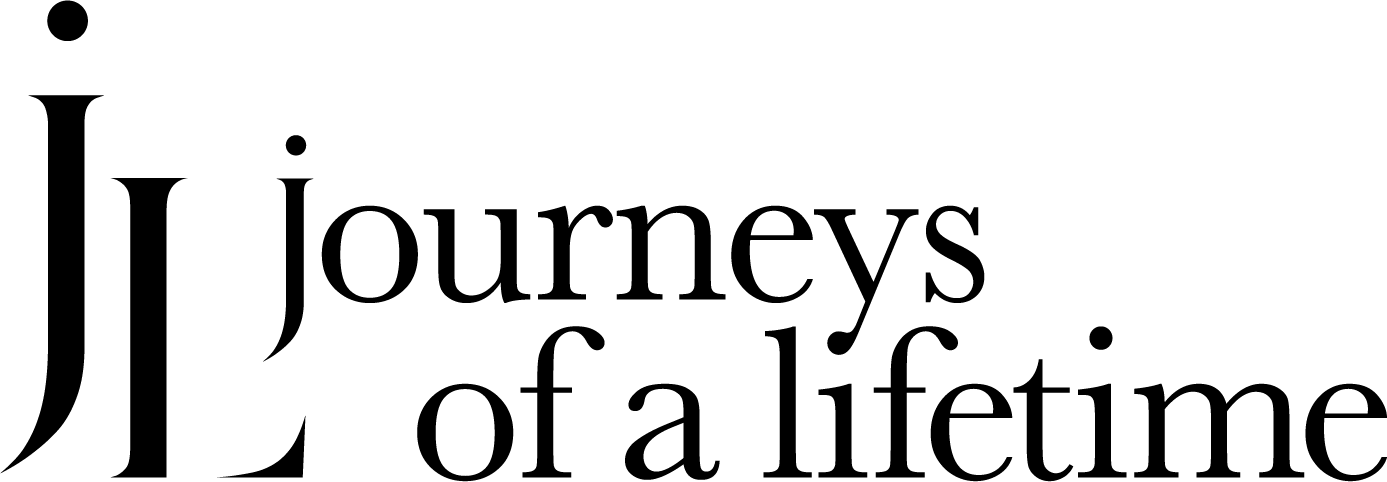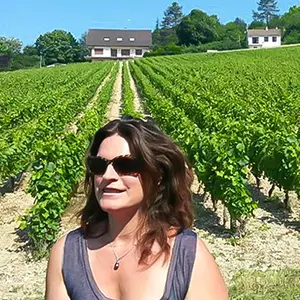In Malibu, they sip chlorophyll shots at The Ranch. In Switzerland, Clinique La Prairie promises cellular youth. At SHA Wellness in Spain, blood is analyzed between yoga sessions. In Austria, VivaMayr heals the gut in silence. Rancho La Puerta in Baja offers sacred hikes and sound therapy. Buchinger Wilhelmi in Germany treats suffering with hunger. And at Canyon Ranch, longevity is measured in micronutrients and mindfulness. But in Saint-Malo, a walled city lashed by tides and memory, they do something older. Stranger. Perhaps even wiser.
They prescribe the sea. Not a metaphorical sea. Not marine-inspired skincare bottled in Los Angeles. The actual ocean. Cold. Salty. Alive. Natural. Twice a day, the Manche Sea, between England and France, crashes in with cathedral force, the strongest tides in Europe. And with them comes a ritual few Americans have heard of, yet quietly revered in France: thalassothérapie. It’s not a spa. Not a retreat. Not even a resort. It’s a marine healing institute. Developed by doctors. Endorsed by hospitals. Practiced for over a century.
If that sounds unsexy, think again. This is France. And when the French decide to turn healing into an art form, they do it with unapologetic elegance, scientific rigor, and a certain poetry. At the Thermes Marins de Saint-Malo, this tradition reaches its fullest expression. Athletes recover. Executives decompress. Young mothers rebuild. And behind it all — quiet, constant, unwavering — stands Charlotte Raulic. Daughter of a visionary. Heir to a tide.
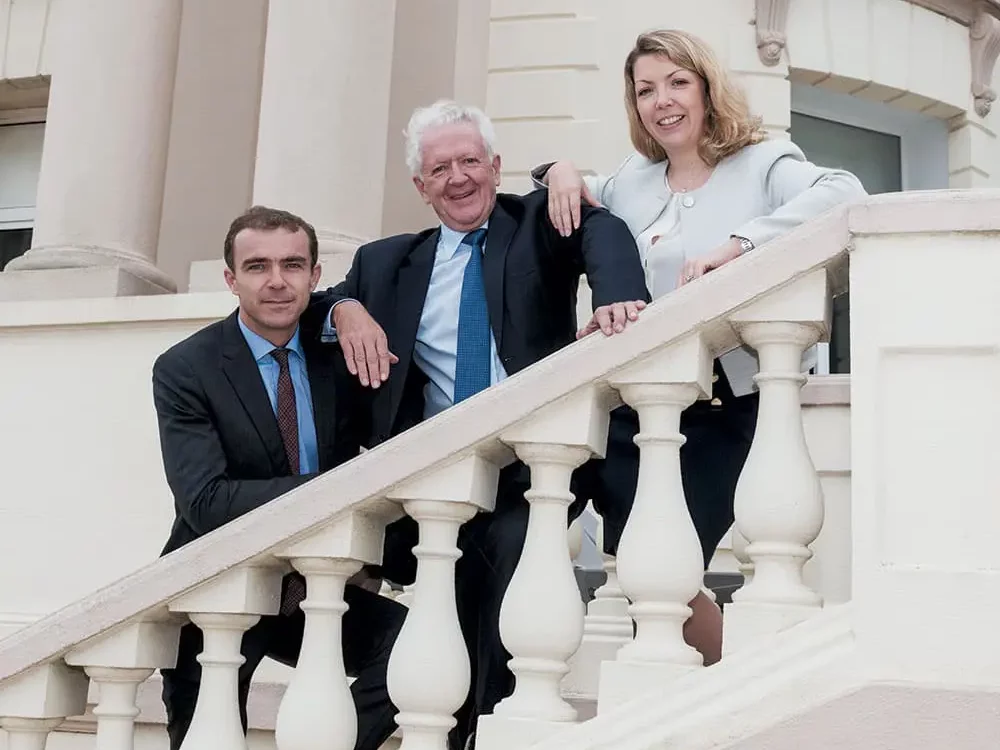

1. The Roots of a Marine Empire
Marie Tesson: “What did your childhood smell like?”
Charlotte Raulic : “Salt. I grew up with salt in the air, in my hair, on my skin. Natural and raw. I remember beach, wind, sand, that slips into the folds of my jeans, climbing the rocks barefoot, hearing the tide before seeing it, coming back from an unplanned swim. My father used to say that the Atlantic had moods, and that we had to learn to listen. I didn’t understand what he meant, until I was older. The ocean doesn’t heal gently. It reshapes you »
Marie Tesson: “Your father built something radical. What drove him?”
Charlotte Raulic : He is an instinctive entrepreneur. He grew up an only child in my grandparents’ small hotel, between the stoves of the kitchen where my grandmother worked and the clients my grandfather took care of. His home was a place of work and service, where simple means gradually increased over years of hard work. As a young graduate, he discovered thalassotherapy thanks to the champion cyclist, Louison Bobet. The benefits of seawater were a revelation. He learned how to pump it, how to bring it as naturally as possible as close to the body as possible. Strengthened by this experience in the renowned center of the time where he met all of Paris, it was only natural that he launched himself before the age of 35 to take over the Thermes Marins, the well-known care institute, but the Belle Époque building located on the magnificent beach of Saint-Malo was in poor condition. The challenge was significant, but he proved to be the man for the job.
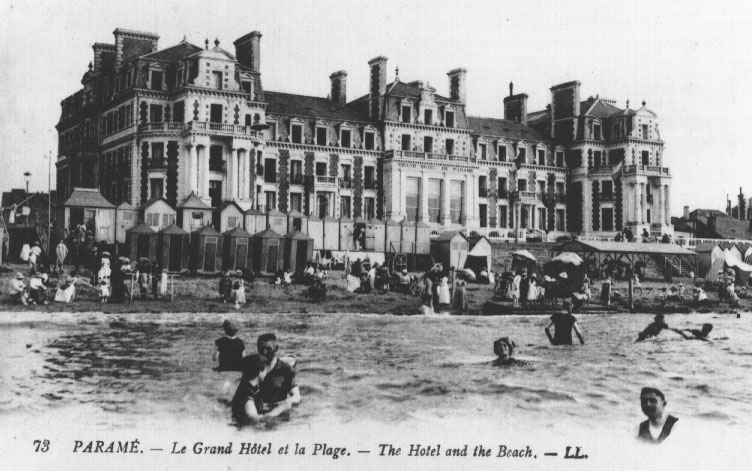
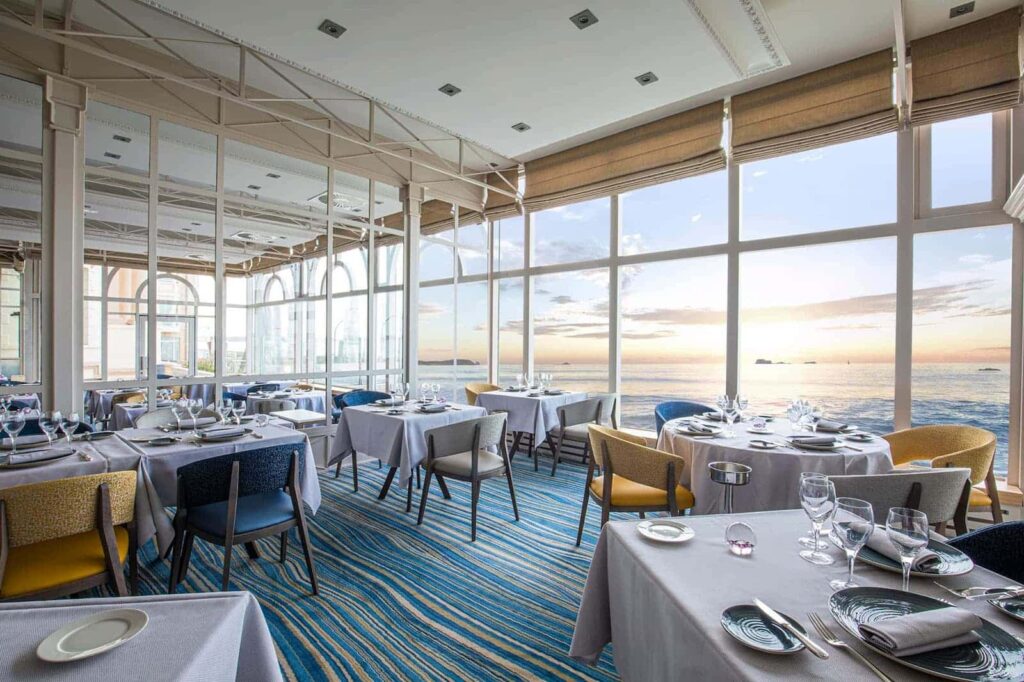
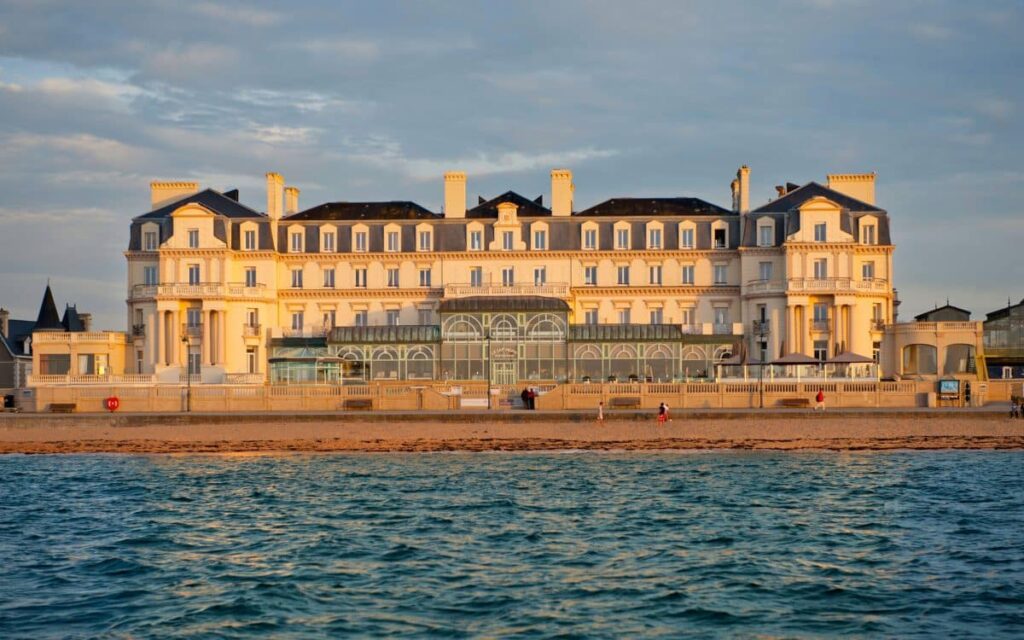
Marie Tesson: “Your father, Serge Raulic, was a pioneer. What was his vision? What made him different?”
Charlotte Raulic : He wasn’t from medicine. But he had an instinct: the deep and mysterious sea is beneficial for healing the body. It is the cradle of life. Originally, all living beings come from the sea! In France, there is real expertise in thalassotherapy. The French physiologist and biologist René Quinton (1866–1925) discovered that blood plasma has the same mineral content as seawater. As early as 1899, Dr. Louis Bagot opened the first thalassotherapy center in Roscoff, Brittany.
My father worked hard, early and late, following the example of my grandparents who rebuilt the country, like so many others after the war. From the land, he was drawn to the sea, which he sailed in his youth.
His success comes down to two recipes. The first is to always stay alert: improve, rethink, undertake, and offer the best. A constant questioning. The second, love people; whether they are his clients, to welcome, to receive, and to know; or whether they are his teams, to offer them a working environment in Saint-Malo, to help them grow within the Thermes Marins. After more than 40 years of innovation, quality care, and service, he made Saint-Malo the leading center for thalassotherapy in France.
2. The Intimacy of French Healing
Marie Tesson: “Could you explain why this tradition never crossed the ocean and why it should?”
Charlotte Raulic : Because it’s difficult to export a feeling. “Because it’s not easy to export something that isn’t built for performance. Thalasso doesn’t promise abs in seven days. It doesn’t look dramatic on Instagram. And it requires time. Repetition. Trust.” Because we are a form of health… forgotten in the West. We are preventive rather than curative health. We make sense to those who care about aging well, who think long-term, who are consistent and who observe results over time. But for those who need it, it changes everything.
France has preserved and developed this specialty. Thalassotherapy has become a true travel destination in France. Many of our clients come every year, even several times a year, to complete their cure, ideally 6 days, possibly shorter. It’s the combination of treatments and experiences, their repetition over several days, that produces results in fitness, health, and beauty. And for that, time is needed, one must take time, let go and surrender. Thalassotherapy rests on two fundamentals: natural seawater, which regenerates through transdermal exchange at body temperature, and pure marine climate without any pollution, and seaweed applied to the body. We have become the leader in this. So much so that a rigorous scientific study was conducted at the Thermes Marins de Saint-Malo by an institute affiliated with the French Army, and it proved the benefits on sleep, mental and physical capacities.
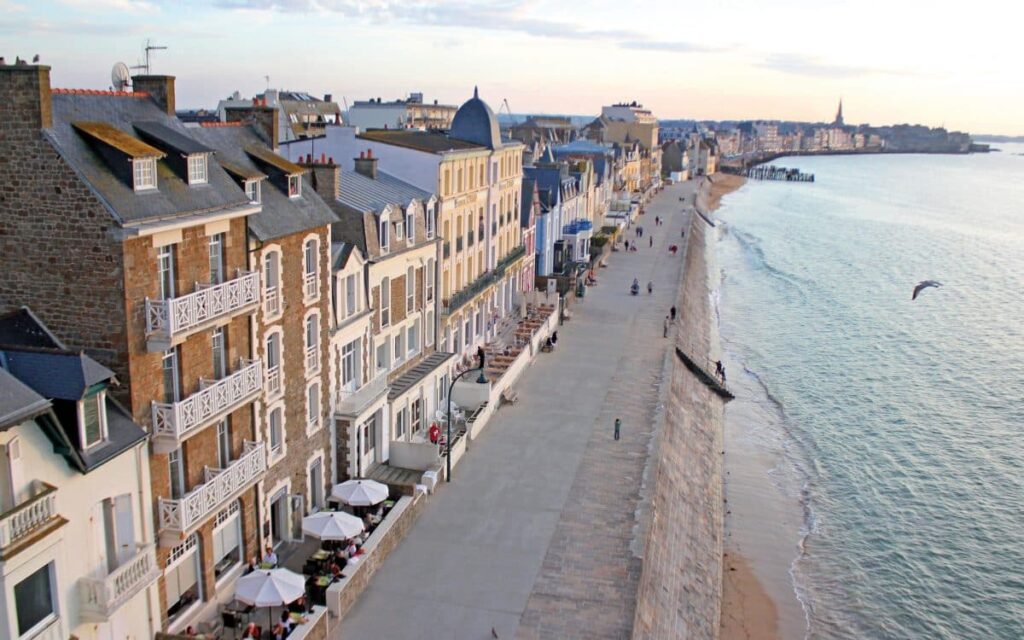
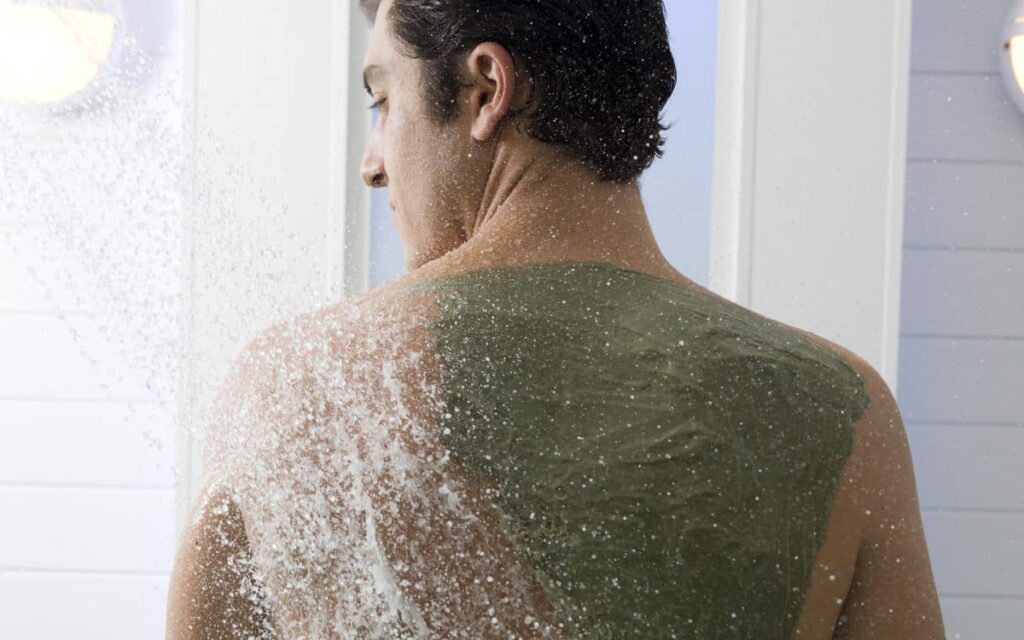
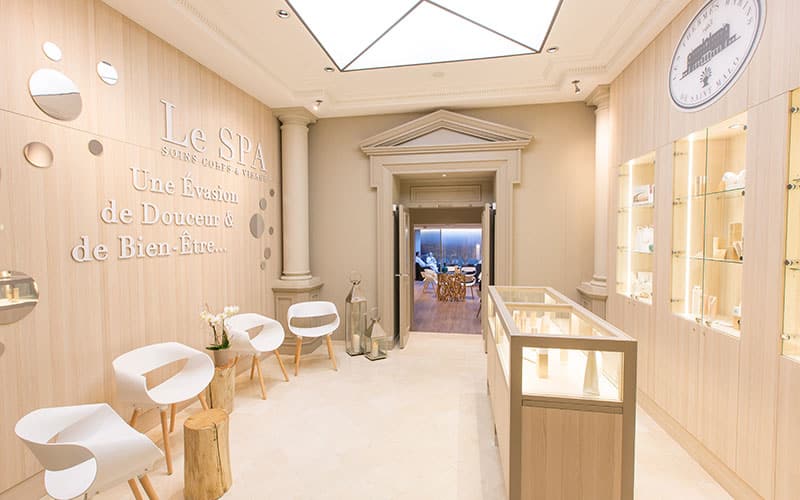
Marie Tesson: “Americans know spas. But thalasso…?”
Charlotte Raulic : “It’s not a spa. It’s not even about pampering. Thalassotherapy is clinical but in the most sensual way. You’re in seawater that was collected hours ago from the bay, warmed to the temperature of your blood, and infused with algae that’s still alive. Every treatment has a protocol, every sensation has a purpose.”
“But we also understood that our guests needed other paths, softer ones, more immediate. That’s why my father created a full spa space and developed a marine-based skincare line as a complement to thalassotherapy. Today, we’ve enriched those paths to welcome guests more gently into our universe.”
“And there’s the Aquatonic, that’s something I wish every person could try once in their life. It’s a labyrinth of warm seawater pools with jets, currents, underwater seating — your body doesn’t float, it dances. People think it’s relaxing. It is. But it’s also circulation therapy, deep muscle work, even neuro-regulation. We just make it feel like pleasure.”
Marie Tesson: “You speak of healing through the sea. But what about the plate?”
Charlotte Raulic : “Before my family, food was ‘healthy’, bland, cautious, functional. I say family, because for several family members food was never an afterthought, both of my grandmothers were outstanding cook. So at the Thermes Marins, cuisine has always been part of the equation. We offer three dining options across two restaurants. Combining the body’s well-being with the pleasure of taste, this is where the challenge lies, and where our Chefs’ expertise (head chef and pastry chef) has been recognized for over 30 years.
They develop their menu with our nutritionist, offer foods beneficial to your health, use preparation techniques that preserve nutrients, and control fats.
They design menus that are therapeutic, yes, low in inflammation, balanced in micronutrients, but also alive, aromatic, seasonal.
“We want guests to feel that eating well isn’t about restriction. It’s about rediscovering taste. We’ve had guests come off sugar for the first time in years and not miss it. Because the flavors are there. Because their body is waking up.”
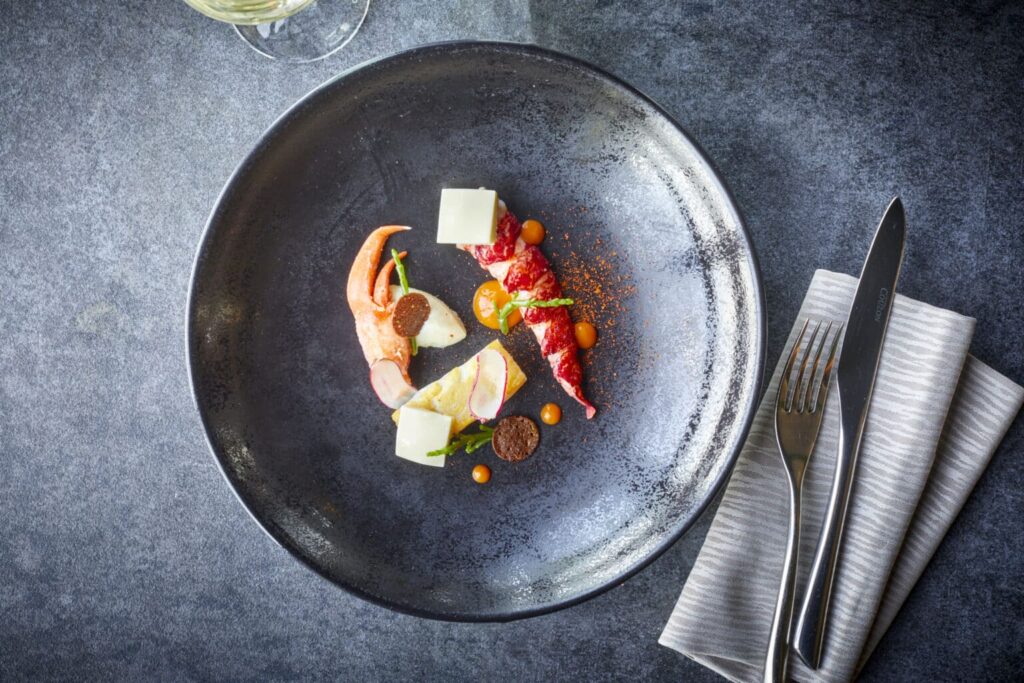
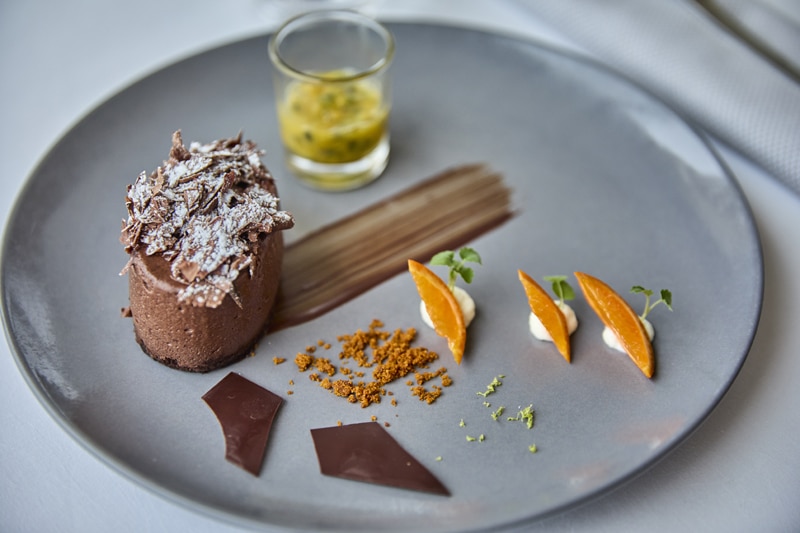
“Who comes here? What do they seek? What do they find?”
Charlotte Raulic : “At first? They come for energy. For rest. For skin. For back pain. But what they find — if they let go — is far more complex. We see high-level executives, mothers in burnout, athletes between two careers, survivors of illness… All of them exhausted, in different languages.”
“And the healing doesn’t only come from treatments. It comes from the rhythm. From the sea. From how we eat. That’s something deeply French, I think — the belief that food is part of care, not outside of it.” “Our menus are designed like protocols. A chef trained in gastronomic cuisine works hand in hand with our resident nutritionist, who has over twenty years of clinical experience. They build every plate together. The iodine content, the omega-3 balance, the glycemic impact — but also the color, the temperature, the memory it evokes. You eat slowly here. With all your senses. That’s not indulgence. That’s repair.”
Marie Tesson: “How do tides — literal tides — affect a person’s recovery, physically and emotionally?”
Charlotte Raulic : It’s hard to explain to someone who hasn’t felt it. The tides here rise and fall more than anywhere else in Europe — up to 12 meters. You don’t just see them. You feel them in your chest. They’re alive.” “Physically, they change the mineral concentration in the water. The pressure, the density, the movement — it all shifts. That means our seawater treatments adapt constantly, almost like a living organism. The sea is never the same twice.”
“But emotionally, the tide does something deeper. It forces you to slow down. To synchronize. You can’t rush a tide. You have to yield to it. And in that rhythm — rise, pause, release — people start to breathe differently. To sleep better. To feel again.”
3. Carrying the Tide: The Woman Behind the Walls
Marie Tesson: “What is it like to carry your father’s legacy?”
Charlotte Raulic : “Our father passes it on to my brother and me. It’s heavy but it makes sense. This place, he made it what it is today, thanks to the work of his parents — my grandparents’ company bought the Thermes — and thanks to his work, from 40 employees, there are now more than 400. It’s a family business.
It’s not about pressure or success. It’s about being true. Every decision we make — a treatment we add, a partnership we refuse — My father is still very present and we share a lot: does it make sense? “He built something obvious, expected by our clients, a piece of Saint-Malo’s identity, which supports many families here. Our job is to let it continue, that it develops.”

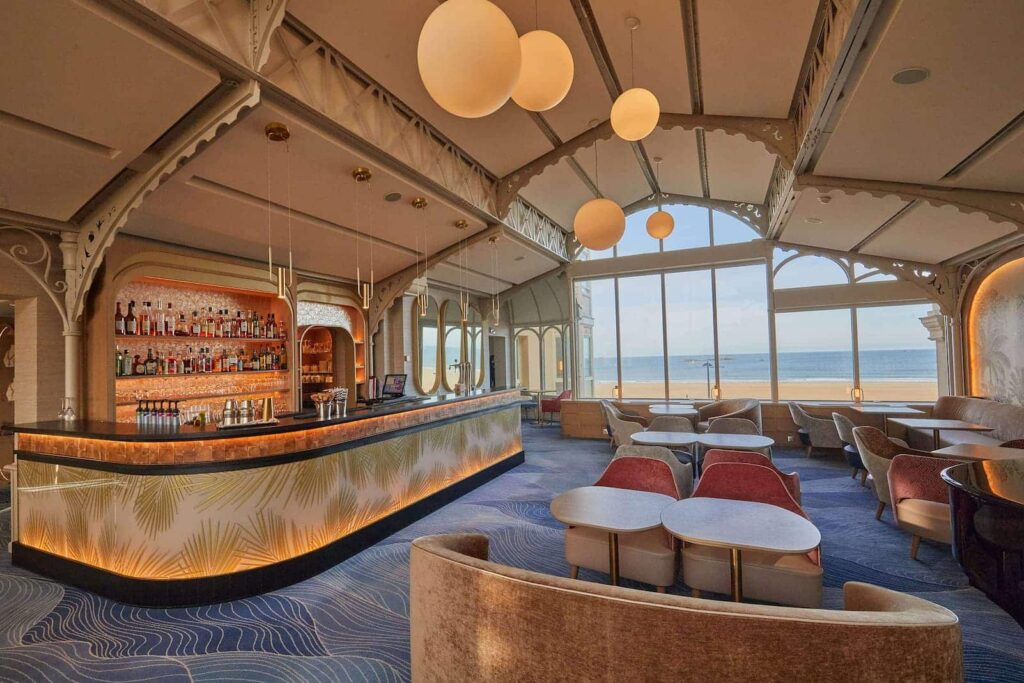
Marie Tesson: “Do you remember the first time you realized that ‘wellness’ wasn’t a luxury, but a necessity?”
Charlotte Raulic : « …That’s a beautiful question. I think I always knew it somewhere — growing up here, you see people arrive worn out, and leave different. The setting may seem luxurious but the content is essential. There were several moments when I realized it.
I think of this very loyal client, whom I had always heard about with great kindness from my teams. One day she confided in me, she told me her story and she said it clearly: she wouldn’t have survived her four cancers without thalassotherapy treatments.
She was delighted to learn that we were in contact with the regional cancer treatment center that follows her, to create a dedicated cure. She’s coming back in two months, it will be her 50th cure, we’re organizing a personal moment with her.
I also think of another moment — a person suffering from a neurological condition with effects on motor skills who used to call us regularly during the Covid crisis to find out when we’d reopen (we were forced to close), she physically felt the need to come for treatments, to move in seawater. She arrived as soon as we were able to reopen.
More intimately, more personally, I myself felt the necessity. I had the chance to hit pause after the birth of my children and did a Maman-Bébé cure. This cure, my father created it in the mid-1980s. Since then, several thalassotherapy centers have followed the concept, but we remain unique in offering a nursery with 5 wonderful childcare nurses, where babies are cared for from 2 months to children up to 6 years old. I found it essential to be a mother who had dedicated body and soul to the project of a child, pregnancy and the marathon of childbirth, and who, after a few months of postpartum, was reclaiming her body for herself. When the body suffers, our treatments heal the mind and become essential. »
Marie Tesson: “What have you changed, or protected, since you’ve stepped in?”
Charlotte Raulic : “I’ve protected the quality. When you arrive young, ideas abound. But when recipes work, why change them? So I listened a lot, respected the past. I listened to subtle signals — feedback from our clients, from the teams — that indicate we must evolve, get moving.
“My father had the vision to create the spa and our cosmetic line, integrating them into the thalasso experience. I spoke with clients, improved our spaces, worked to enhance our offerings, ensuring they remain true to our values while meeting the evolving expectations of our guests. I’ve also brought in more collaboration — architects, doctors, artists for our communication. My father built the walls. I’ve opened the windows.”
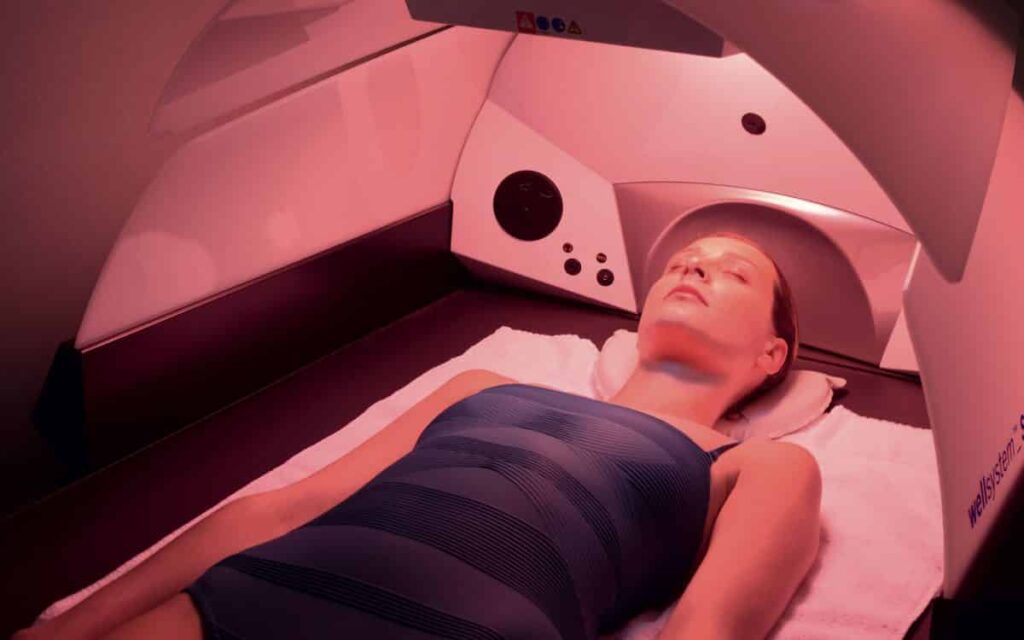
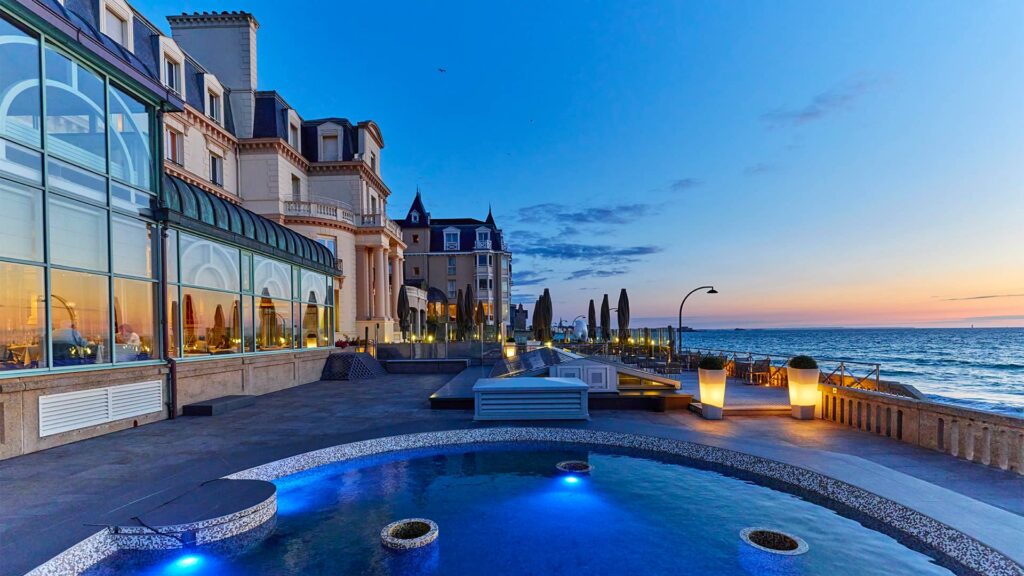
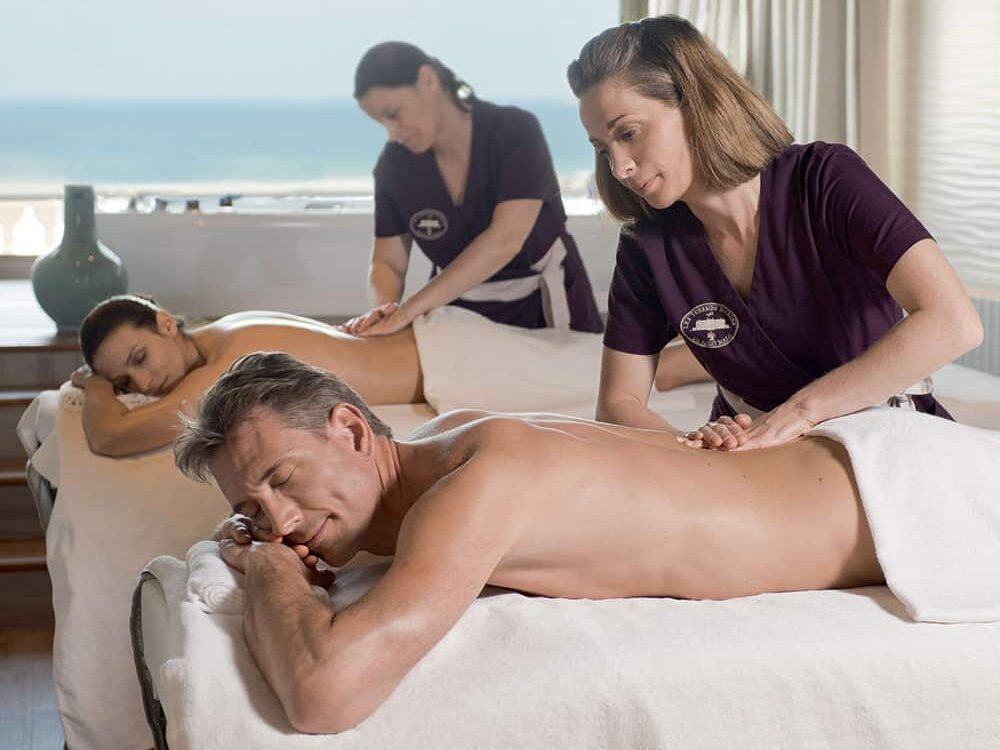
Marie Tesson: “Do you have a favorite moment in the day, something only you see from behind the scenes?”
Charlotte Raulic : “There’s a moment, just before the day begins, when I walk through the still-quiet corridors of the Thermes. The scent of the sea lingers in the air, and the first light filters through the windows, casting soft reflections on the walls. It’s a time of calm anticipation, where I can feel the heartbeat of the place before it comes alive. It’s in these quiet moments that I connect most deeply with the spirit of the Thermes and the people who bring it to life each day.”
4. The Future of Thalasso: Science, Luxury, and Ethics
Marie Tesson: “Are you fighting to keep thalasso French, or to open it to the world?”
Charlotte Raulic : “Both. I want to protect what makes it unique — its rigueur, its humility, its refusal to turn care into spectacle. But I also want people outside France to understand its value. Not as a trend. As a medical and human heritage. That means translating, yes — but without diluting.”
Marie Tesson: “What would surprise American clients most if they spent a week here?”
Charlotte Raulic : “That it isn’t soft. That care can be intense and still feel good. That we don’t distract you from your body, we bring you back to it. And maybe that the luxury isn’t in the marble. It’s in my team benevolence/kindness. The sincerity. The time we take.”
“And also, maybe, that our most effective treatments are often the simplest: walking barefoot in cold sand. Eating a fennel broth at sunset. Sleeping without screens. It sounds poetic. It’s biological.”
Marie Tesson: “If you had just one message to share with someone reading this on the other side of the ocean, what would it be?”
Charlotte Raulic : “Come not for an experience. Come for a reset. The sea won’t entertain you. It will reframe you. It will tell you what your body already knows but hasn’t had space to say: that you’re not tired because you’re weak. You’re tired because you’ve forgotten how to rest. We can help you remember.”

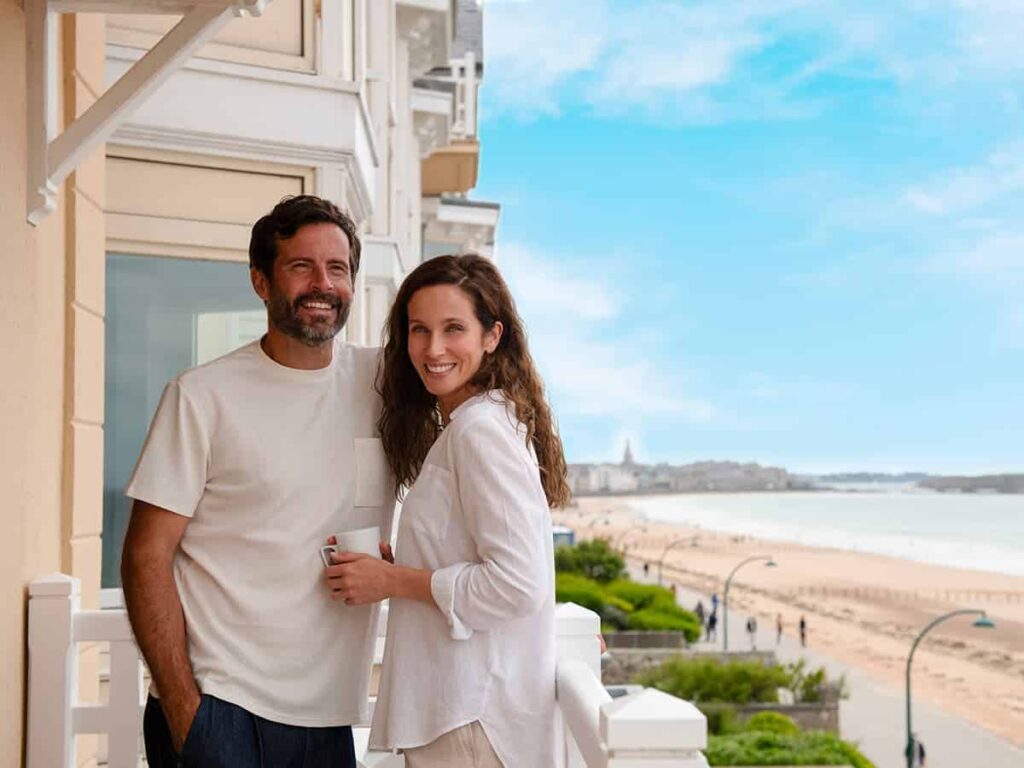
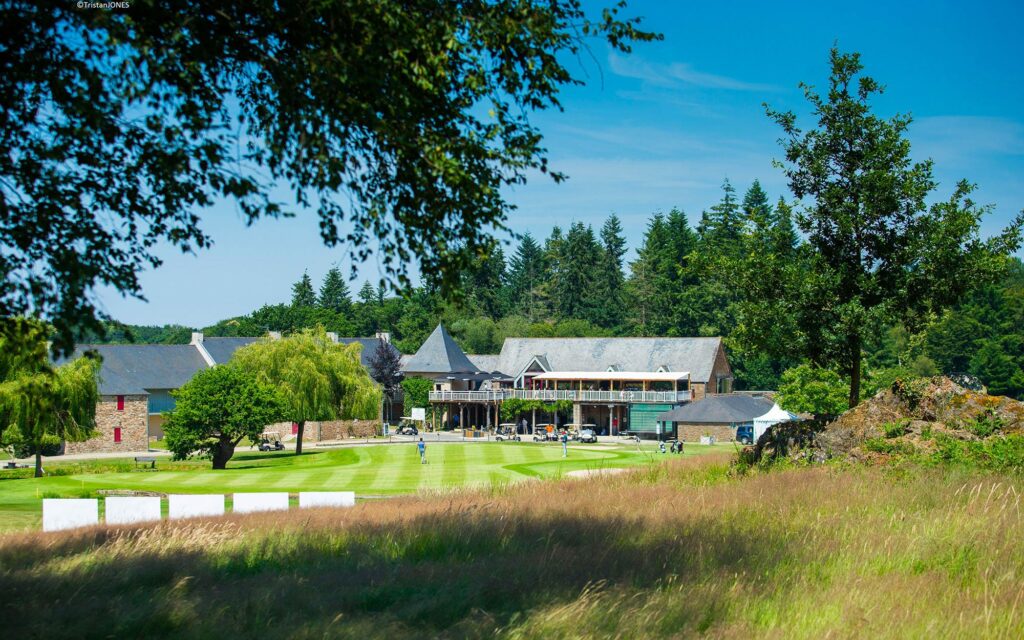
Epilogue : The City That Breathes Salt
Saint-Malo doesn’t whisper. It stands windblown, granite-backed, shaped by tides that know no compromise. Outside the walls of the Thermes Marins, the cobbled streets remember corsairs and poets. The sea is not scenery here. It is grammar. It dictates the day. It sculpts the sky. It heals without speaking.
To walk in Saint-Malo is to walk inside time, salt-stung, wind-washed, anchored. There is no illusion. Only rhythm.
Maybe that’s why healing happens here. Not because it’s beautiful, though it is. Not because it’s calm, though it can be. But because the place itself demands honesty. You cannot come to Saint-Malo and pretend. And if you come — really come — the tide will meet you halfway.

